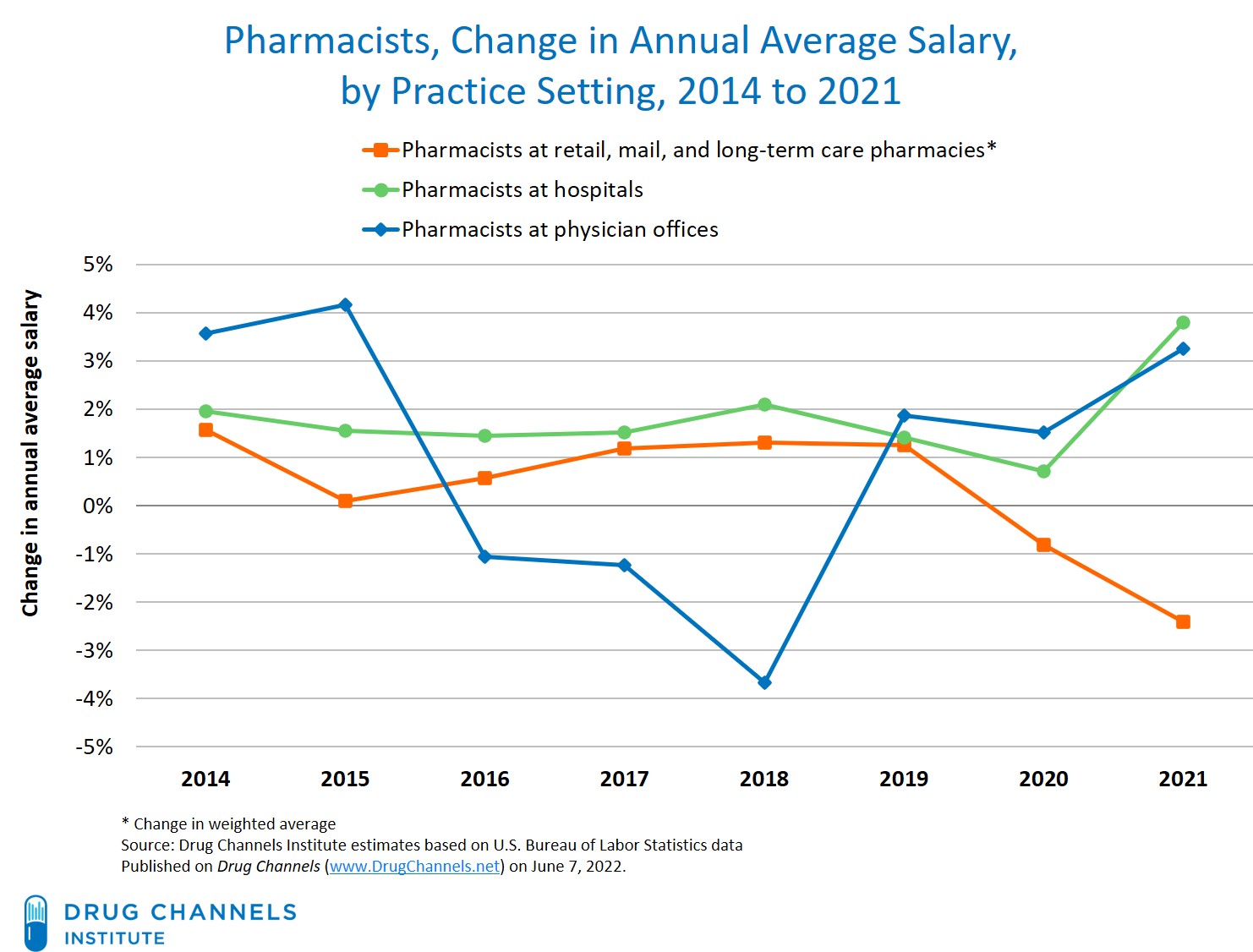| psychicscubadiver said: The article provides no proof of that statement beyond "Even when not part of a union, workers see their wages benefit from high union density on the state level. The average median weekly wages are $1,121.70 a week in the 10 states with the strongest union density versus $942.70 a week for those in the 10 lowest union density states in 2020." Which means nothing without greater context. Does that statistic include only non-union workers? Does it adjust for cost of living across different cities and states? What the GDPs of these unnamed states? |
Here is the original article, which provides more details.
https://www.epi.org/publication/unions-help-reduce-disparities-and-strengthen-our-democracy/
They don't just look spatially, but also temporally.
"When union density is high, nonunion workers benefit from higher wages. When the share of workers who are union members in an industry or occupation is relatively high, as it was in 1979, wages of nonunion workers are higher than they would otherwise be. For example, had union density remained at its 1979 level, weekly wages of nonunion men in the private sector would be 5% higher (that’s an additional $2,704 in earnings for year-round workers), while weekly wages for nonunion men in the private sector without a college education would be 8%, or $3,016 per year, higher.4 Figure B shows how much more nonunion workers would earn had union density remained the same, by gender. Figure C shows the numbers for nonunion workers without a college degree."
Here is another article which they cite, and goes more into the analysis.
It is intuitive why this happens anyway. The more people collectively bargaining for a higher wages the more a person who isn't collectively bargaining can ask for as aggregate wages are pulled up.
| psychicscubadiver said: I'm a pharmacist and we've largely been self-employed for the past century. Nowadays that isn't as common, but even so the companies that employ us have little choice but to bargain with us individually as we are not easily replaceable. When I wanted to change cities, I checked and found that there were open positions in my desired city so I went to my superior and told him that he had one month to transfer me or I was moving there with another company. One month later I was in that city with my desired position. |
While I have no doubt your experience is an accurate depiction of your situation, real (inflation adjusted) pharmacist wages have stagnated and in some cases declined as the occupation has increasingly experienced proletarianization. So while the comfortable average salary might represent a legacy inertia from the time when most pharmacists were part of the petite-bourgeois (owning their own pharmacies), or in the 90's and 00's when there was a shortage and negotiations boosted wages quite high, the long term trends don't look too kind to the argument that there is still (on aggregate) strong bargaining power. Especially when you compare to other professional-managerial class occupations like: software developers/engineers, specialized nursing, financial managers, etc.
Thing can and do change quite rapidly. Labor markets aren't as predictable as many think.

| psychicscubadiver said:
|
Meanwhile countries with tripartist wage-negotiations where wages are negotiated industry-wide for most economic sectors, and population unionization rates in the 60%+, top indices in individual freedom and autonomy, even very libertarian indices like the those found with at the Cato Institute. The way they solve the problem you pose is by allowing people to form new unions in already unionized workplaces. And besides, functioning unions have democratic procedures, unlike investor-owned corporations.
















